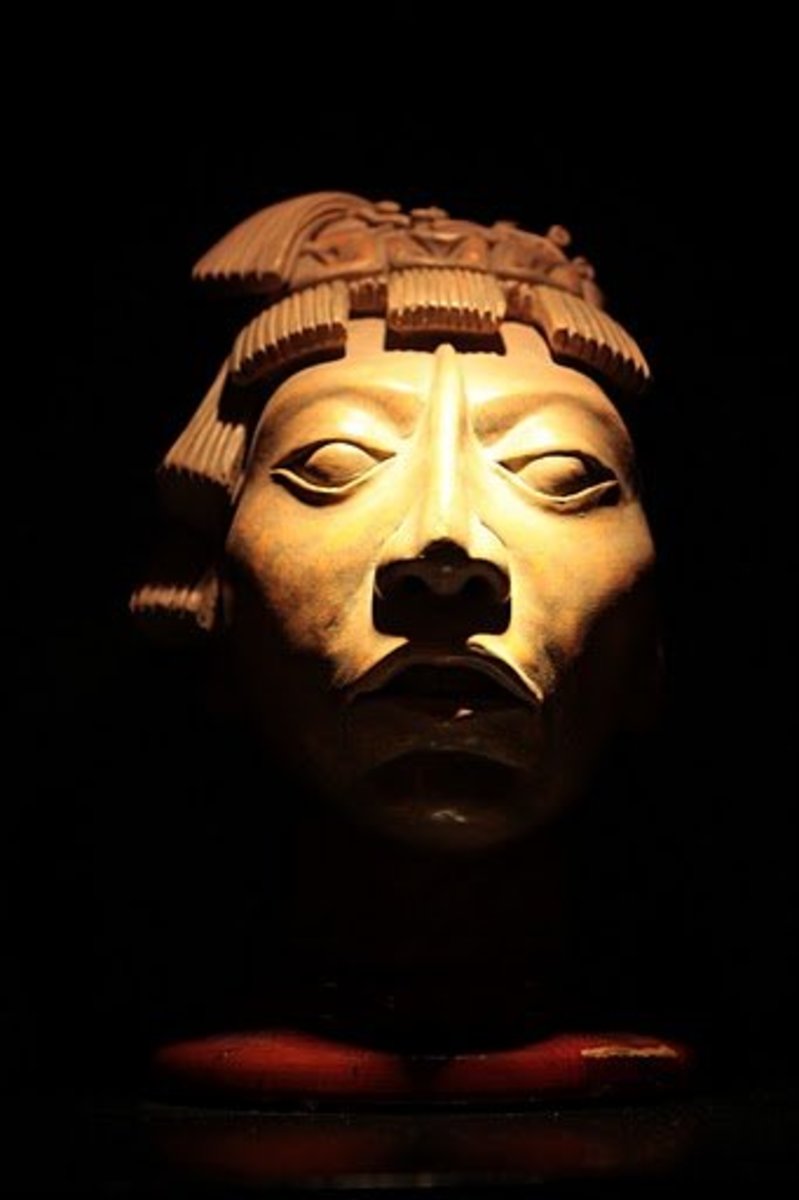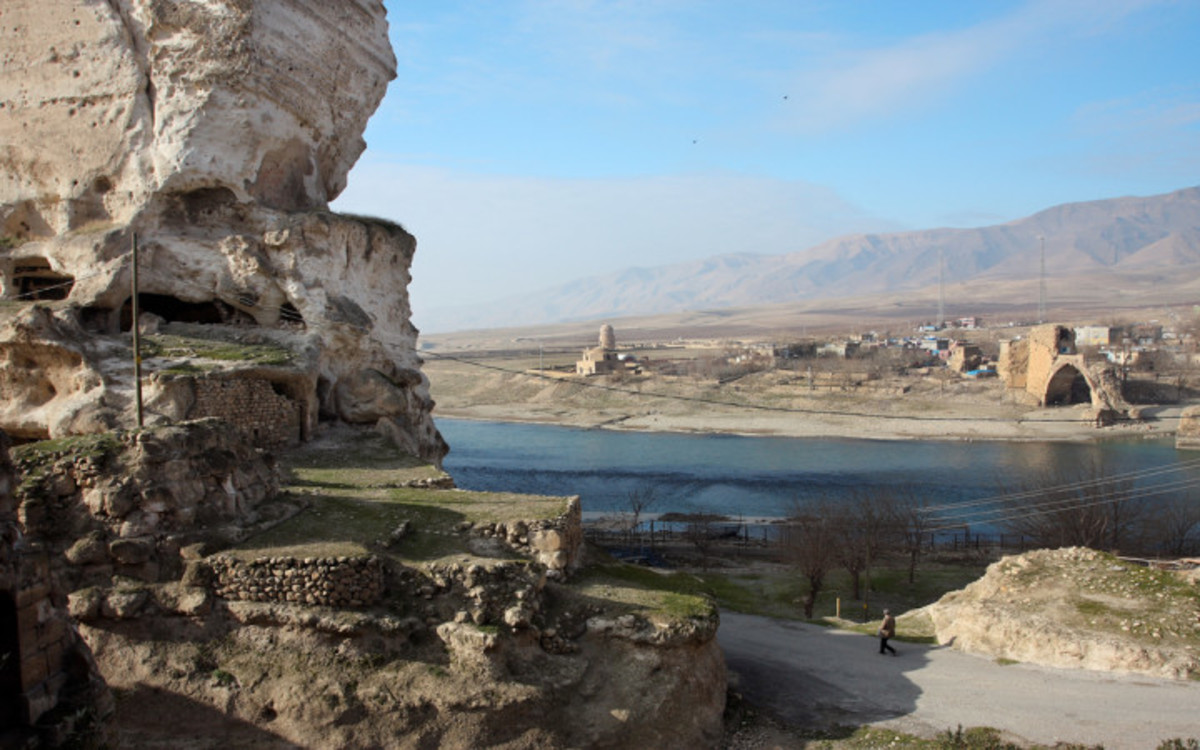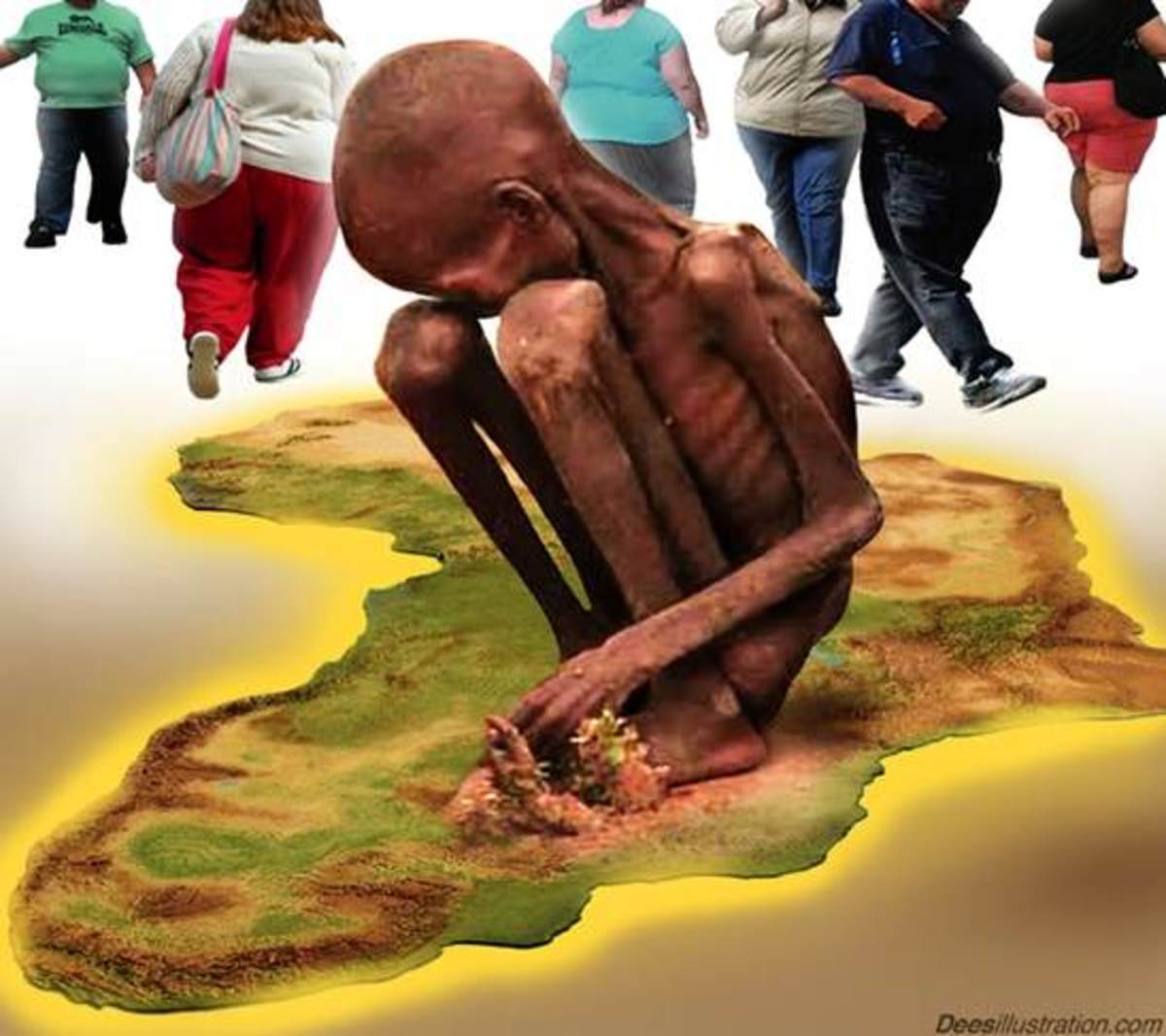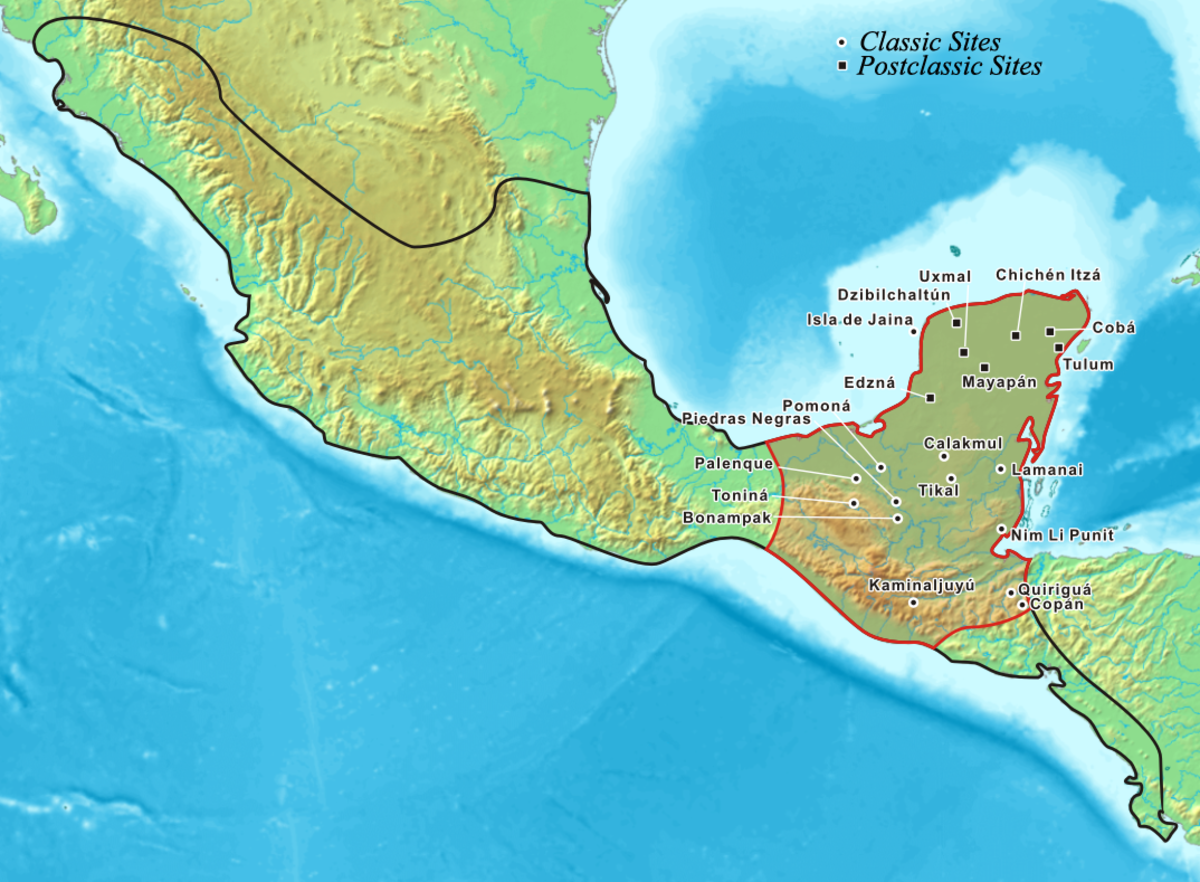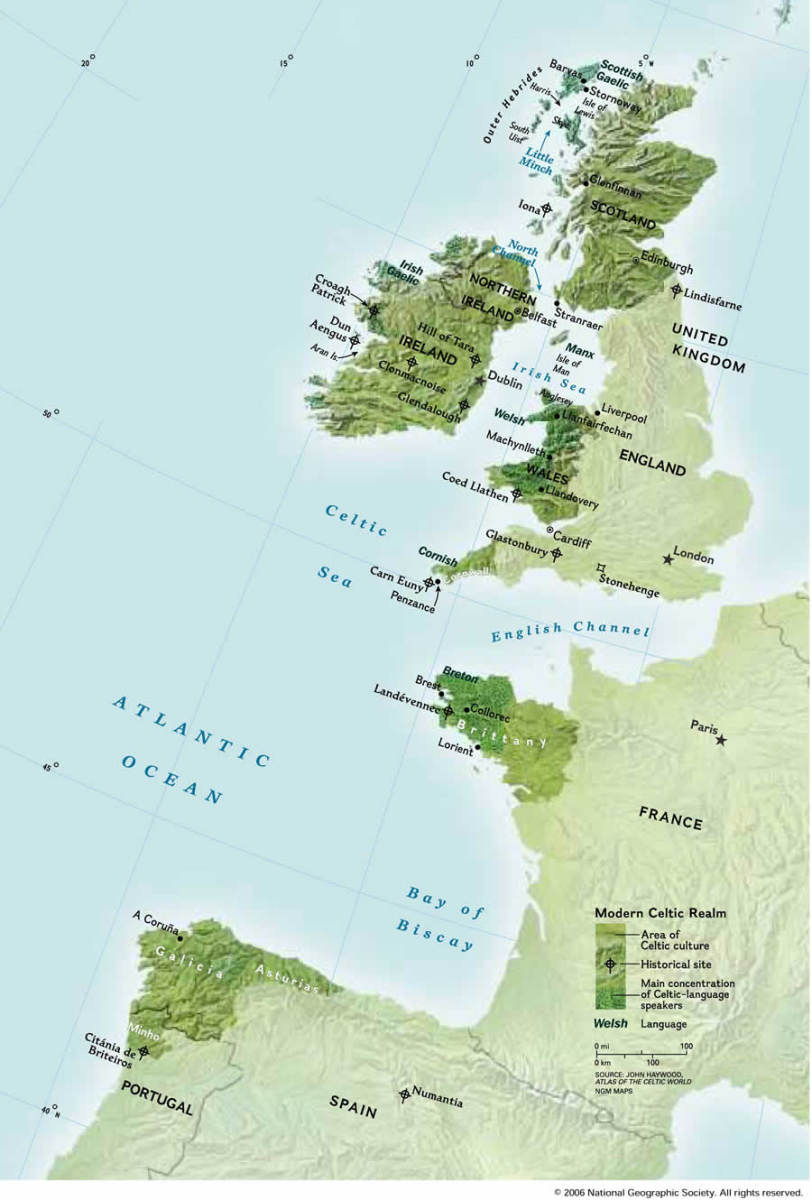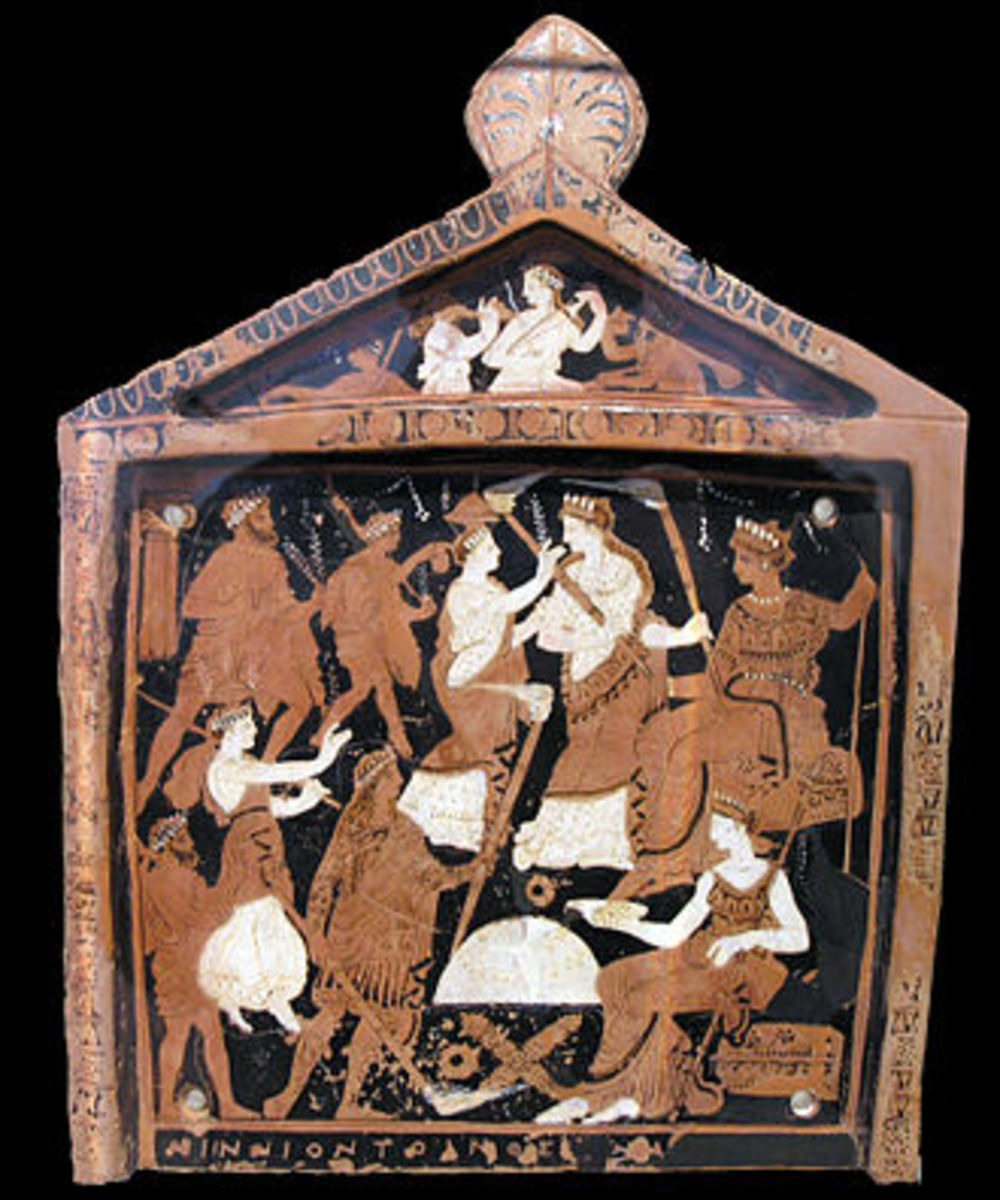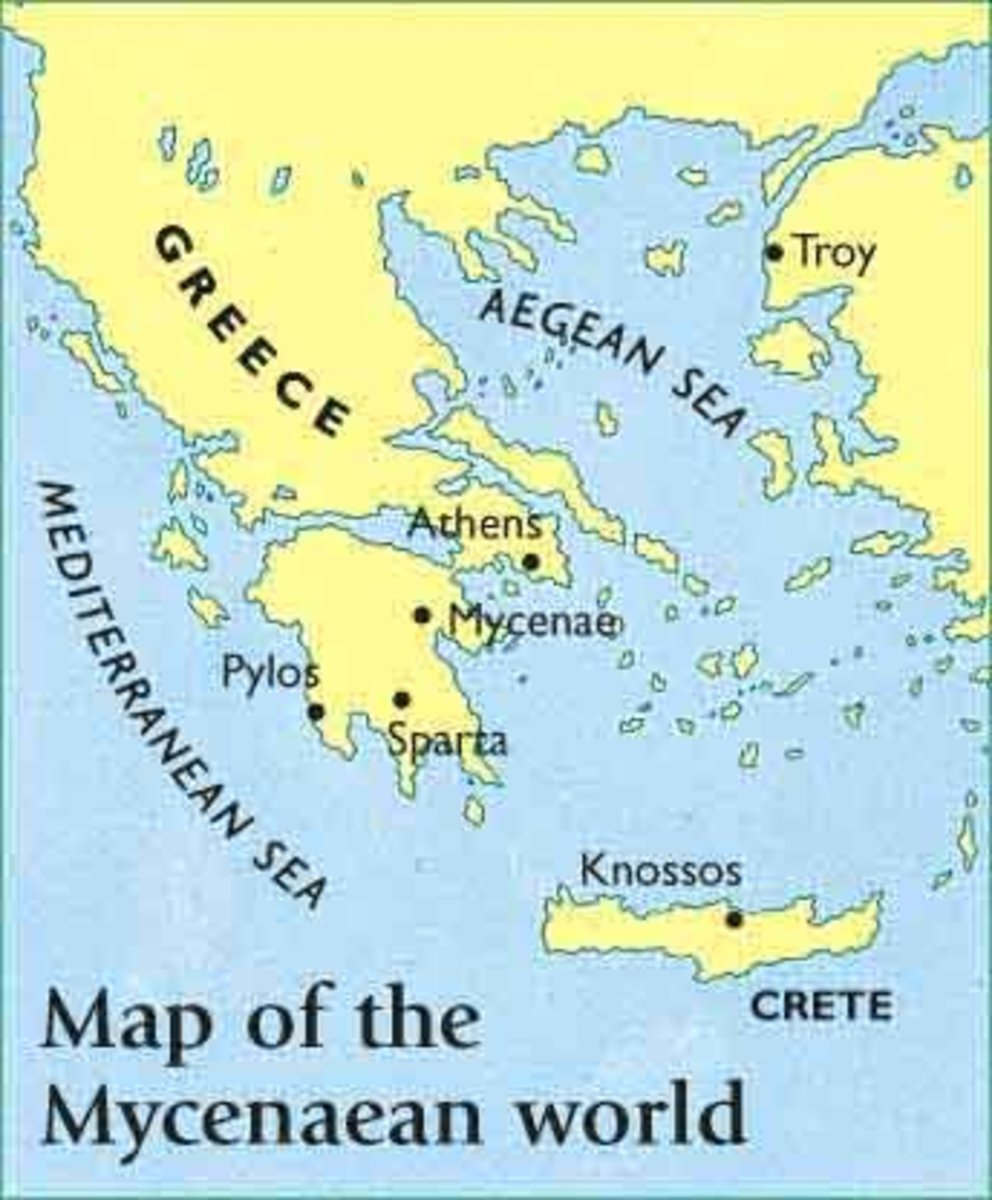History of the First Nations
Various First Nations civilizations, their people and artifacts
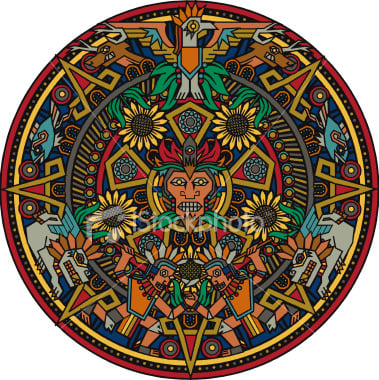
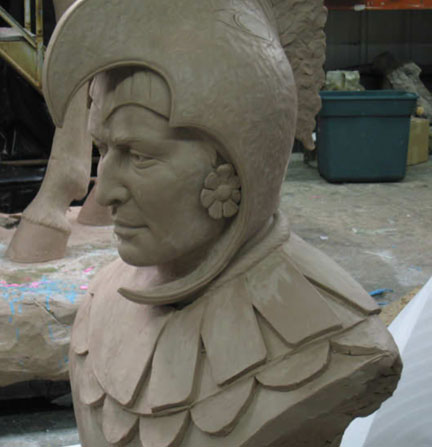
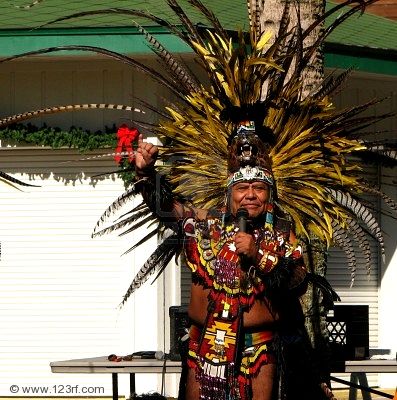
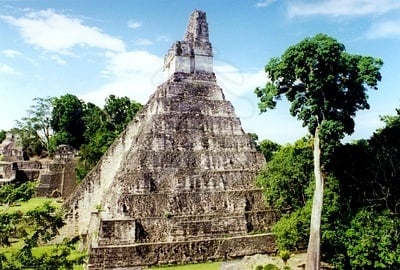
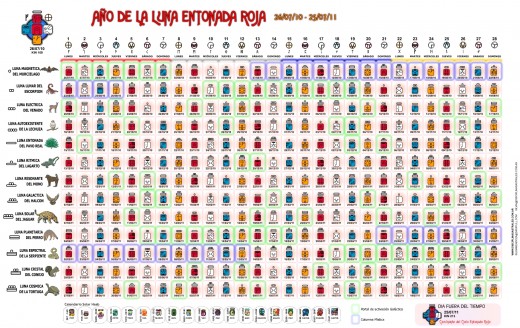
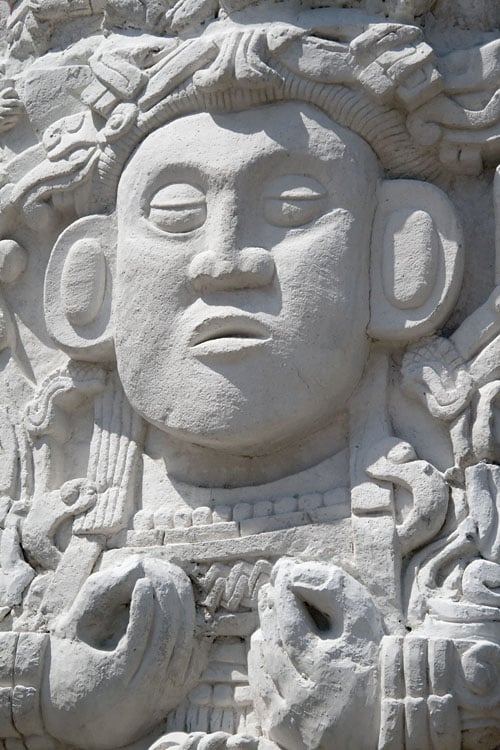
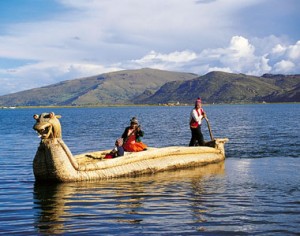
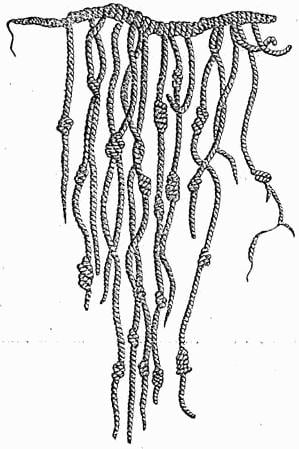
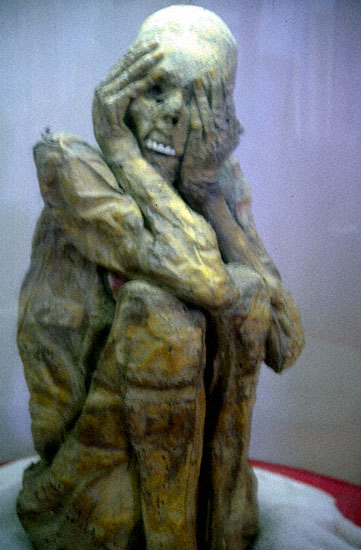
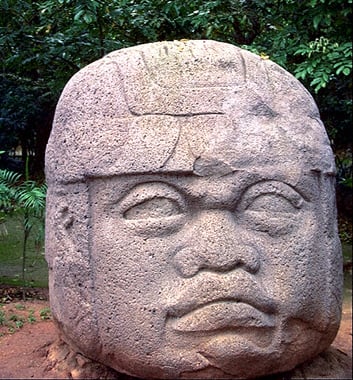
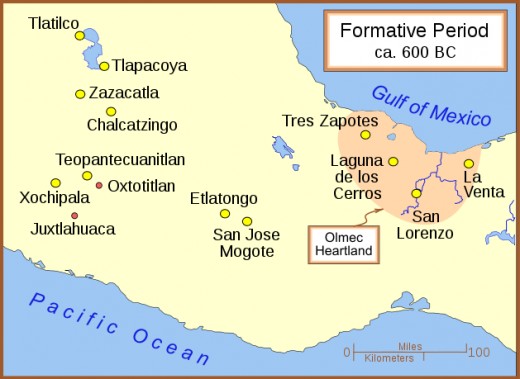
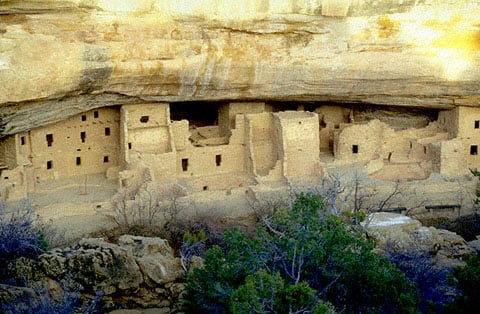
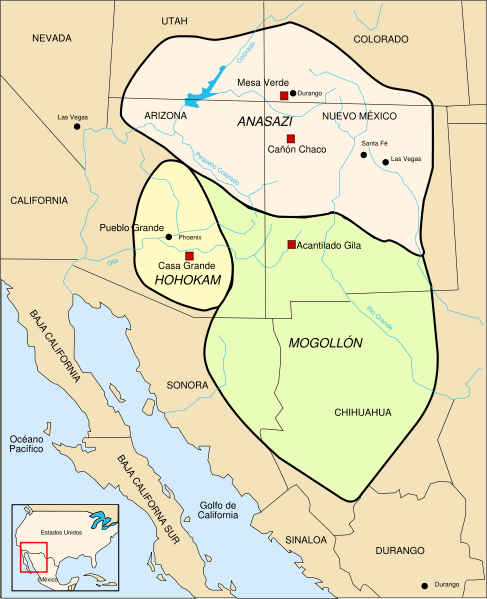
Betrayal at the Hands of the European Conquest
Before 1492 AD, the First Nations, comprising some 500 nation-tribes-clans with a few advanced civilizations, existed in relative peace inasmuch was possible from raiding parties from one group or nation against another. They existed in every environment from the high Arctic down to the southern tip of South America at what is called Terra Del Fuego (land of fire). Among the various agricultural and hunter gatherer nomads existed several civilizations of great renown such as the Olmecs, the Anasazi, the Incas, the Maya and the Aztecs. Written accounts and a lot of research has been done for the great First Nations civilizations, but there is not nearly as much on the history of the more nomadic or the countless smaller villages and settlements that practised agriculture. We do know that many of the foods that we now enjoy, were the developments of these people. Without their intervention in agriculture in the distinct and separate ecosystems of the western hemisphere, we would not enjoy corn, nor potatoes, many forms of squash, not have the knowledge of indigenous nuts and wild edibles.
With the arrival of the Europeans, came the destruction of many ways of life, disease, entire ecosystems and much of the record of former ways. When European interests entered the territories of the First Nations in force, those whom they could not enslave directly were executed. The children were taken by force, separated from their parents and culture and re-educated by the Catholic Church. Gone were the old ways of living close to nature, hunting and gathering and the lifestyle that was close too and identified with nature. Nature provided food, water shelter, clothes and medicine. It provided the belief system of these people and many had a strong sky culture. Many medicine wheels, pyramids and other sky aligned structures have been found by archeologists all over the Americas. The First Nations were nor just simple primitives, but were of sophistication, rivalling that of the Europeans, Muslims, East Indians and Chinese. They were different, which is understandable given the context of their locations.
When the Europeans arrived in the “New World” they found it already inhabited and mistook it for India, hence the name “Indian” got tagged onto the inhabitants of the 500 First Nations. At first, the new arrivals, who sere stone ignorant of the “New World”, were on a weak footing. They had to be on peaceful terms upon arrival, for they had no other choice. Columbus and crew were not armed for war, but were seeking a trade route to the far east and India by going west. They were also seeking wealth via trade and there existed a friendly trade with India. They were seeking a more convenient route than overland across vast deserts through hostile and marauding locals. Others would later attempt to go via the horn of Africa through the roaring 40’s; a region of continual storming due to a continuous band of ocean in the southern latitudes. They ultimately did not find a direct western route, for the Americas stood in the way and contained some 500 nations of peoples numbering according to some, between 5 to 70 million inhabitants. Many lived in family and extended family villages of 50 to 200 people. Some, like the Aztecs and Maya lived in permanent cities numbering in some cases, in the hundreds of thousands. But Columbus was merely the first European who made contact after the catastrophe of AD 535 AD. Contact with this part of the world was routine by Egyptians, Phoenicians, Vikings and Jews. Evidence of two way trade exists in abundance prior to 1492 AD. But these people did not come to destroy the culture; they were unable to due to an equivalency of technology and the long sea voyages necessary to project power. The situation was impossible for them, so they chose peaceful trade and never got far inland. Some semi-permanent dwellings were erected by Vikings in Newfoundland and Labrador and strong hints of African culture can be found in the coastal regions of Mexico north of the Yucatan. But all of these were long abandoned long before 1492 AD.
After Columbus, there was a whole parade of “explorers” from Spain, Portugal, France, the Netherlands and Great Britain. Spain took the early lead with Cortez and Pizzaro. It is the Spanish, gold hungry and religiously fanatic, that wrecked incredible havoc to First Nations cultures. Between the two of them form 1519 to 1524, they managed to route the mighty Aztec and Inca empires, taking home to their respective royal bosses, huge amounts of wealth in the form of gold. The First Nations were left in tatters. The church attended along with the explorers and as the Spanish, French and English gained a foothold in the New World, they had to clear away what was already there. Wars existed between the Spanish, French and British and First Nations peoples were recruited to fight in the wars. This was just the beginning, for wars also broke out between the new invaders and the original inhabitants. The Europeans had superiority of weaponry and used it from the outset. They also employed germ warfare, drug addiction (alcoholism) and engineered famine. First Nations’ countries were invaded, the adults arrested and force marched to “reservations”, (read concentration camps) and children were taken away by force to be the wards of the government and church. Inasmuch as possible, traces of the old ways were wiped out. This is made plain by the existence of the Codex Mendoza, the Dresden Codex, the Papah Vuh and numerous inscribed stelae of the Maya civilization, which weren’t or couldn’t be effectively destroyed. Incredible knowledge was systematically wiped out, which was the habit of the Catholic Church against competing ideas. The children were re-educated to the European civilized mindset. They lost the ability to live off the land including sometimes advanced agricultural skills. Now they were taught, along with enslaved African inhabitants ripped away from their homes to be slaves in fields like cotton picking and the like. Today, natives on their reservations are a state dependant lot, because they have lost the old ways. Some natives still hunt, but do so with modern weapons. Children are still wooed by the siren call of western civilization, but by and large are not permitted to participate in any seriousness. The elders of the First Nations complain that the old languages and knowledge are being irretrievably lost. So we have here an object lesson on how to enslave a people. We are all in the working class, slaves, whether or not we recognize it and hold a common bond with the First Nations victims of conquest.
The most formative years of any complex organism is during the years of youth and rapid growth. It is during this time that a wild cat must learn to be a wild cat, a wolf a wolf within the pack, a killer whale as a killer whale within the pod. If any of the young are removed from the natural context and re-educated in a taming setting with man, they can no longer fend for themselves if abandoned to nature. They have been trained to respond in a human context and lack the education their natural parents would have given them. They become dependent upon another species that must look after them. Some become pets and other, performing stunt animals for our entertainment. They thus have “jobs” just like any worker. Human beings are also malleable in their formative years. Originally, children learned from their parents close to nature or the context of their own group or civilization. But with specialization, many children lost training of natural ways toward specialized fields. So, if someone wanted to make a slave, the first thing to do is to remove a young child or infant from their natural context. The re-education can take any form that the overlords see fit. It is favorable to the overlords to instill a sense of respect and terror. This becomes the role of the Church. Dumbing down is thus nothing new under the sun and the cruelest form of censorship. The whole idea is to establish and maintain a condition of dependency upon the overlord and/or the church hierarchy. Not even the children of the conquer are spared, for the top of society needs a lot of servants and /or slaves.
Let us look at what we have been able to uncover by way of what were once magnificent civilizations as developed by the Maya, the Aztec, the Incas and the Anasazi. This is not to denigrate any of the other mighty groups who were completely at home in their regions, until driven from them and we shall look at each in turn. These will be the subjects of following chapters.
The Aztecs, Inca and other First Nations
- The Inuit, Last Holdout of a Dying Nation
Of all the First Nations peoples of the hunter-gatherer societies, perhaps one of the most interesting and awe inspiring are the far northern groups comprising the variously named groups such as the Inuit and... - The Anasazi a.k.a. Ancient Pueblo People
Chaco canyon Chaco Culture National Historical Park, Nageezi, NM 87037, USA Chaco canyon was one of the major centers of the Pueblo of Anasazi people. There are many remarkable things to be found here. One of... - History of the First Nations: The Inca
Inca Machu Picchu Machu Picchu, Inca Trail, Peru Machu Picchu high in the Peruvian Andes is one of the most amazing ancient cities. Alone, it is a worthwhile tourist destination. The Inca or Inka First Nation... - http://hubpages.com/hub/History-of-the-First-Nations-the-Aztecs
One of the greatest and mightiest civilizations in Mesoamerica was the triple alliance of the Aztecs. At the end, strange events unfolded bringing an end to a mighty empire in less than two years. - Native American Berdache Tradition
Interesting traditions and ideas held by the First Nations concerning different sexual expressions.
The Maya
The Maya is an anciently rooted Mesoamerican civilization, noted for the fact that they had the only known fully developed written language of the pre-Columbian Americas (1492), as well as its art, architecture, mathematical and astronomical systems. The Maya succeeded in creating the most accurate calendar in the world, even surpassing the modern Gregorian calendar that the developed world uses today. This was a civilization that ranked on the level of the great Islamic ones that had all of these skills while Europe wallowed in the ignorance of the dark ages from the 6th century to the 15th. The ancient ancestors of the Maya were hunter-gatherers but by about 2,500 BCE they adopted farming as a lifestyle. Thus began the era of the pre-classic Maya. In the years from 300 BCE to 250 AD the organized Mayan city-state kingdoms emerged. Then from 250 AD to 600 AD an advanced civilization emerged. Many Maya cities reached their highest state development during the Classic period from 250 AD to 900 AD, and continued throughout the Post-Classic period until the arrival of the Spanish in early 1519 AD.
However after 900 AD Maya civilization declined. In the central rain forest, cities were abandoned. Archaeology has recently confirmed that the collapse came as a result of an unsustainable demand on natural resources. The forests were cut down to make charcoal which was needed to make white plaster used for covering pyramids, temples and official buildings. They Maya ultimately destroyed the forests around their cities and with it went the agriculture. The agriculture happened to be the slash and burn type, but the slash in part was turned into charcoal to refine the white plaster so desired for the architecture. Slash and burn agriculture on its own allows the use of the land for a few years before it becomes sterile and a new region of forest is burned and cleared. The original is allowed to revert to forest that renews the land. As long as the cycle was sustainable, everything was alright. When sustainability was passed, then the trouble began. With agricultural collapse came famines and the city states were abandoned for the jungles to the north and south. During this period, especially after the great natural disaster of 535 AD, came the warrior Maya culture. The combined effects of war and famine eventually caught up to them. In the far north and south people continued to live in more sustainable cities. Mayan civilization did not die completely even after the arrival of the Spaniards. Many practice the most of the old ways of the Maya even today.
At its peak, the Maya were one of the most densely populated and culturally dynamic societies in the whole world. The Maya civilization shares many features with other Mesoamerican civilizations due to the high degree of interaction and cultural diffusion that characterized the region. The Maya and Aztecs often interacted and traded, provided they were not at war. The Aztecs, despite their prowess at war and the sheer size of their principle city, were never able to defeat the warrior Maya city states. During the arrival of Cortez, a conditional peace existed, but many Aztec and Mayan peasants were disgruntled. Advances such as writing, epigraphy, and the calendar did not originate with the Maya, having earlier roots. However, their civilization fully developed then to the extent that are known today and form the crux of current occult interest. Maya influence can be detected from the Honduras, Guatemala, Northern El Salvador and to as far as central Mexico bordering on Aztec territory, more than 1000 kilometres (625 miles) from the central Maya area. Many outside influences such as Olmec and Aztec, are found in Mayan art and architecture, which are thought to result from trade and cultural exchange rather than direct external conquest. As the Olmec had disappeared in deep history, this left the Aztecs as the main later influence. The Maya did not have one central city or capital, but dozens of city states dotting their region, some with populations of up to 50,000. They thrived primarily from agriculture and corn was their staple. During their history, they often had regional wars between city states. Their prowess as warriors kept the Aztecs at bay.
Mayan culture was a rich construct of their beliefs centered on sky myths and their principle deities. In place of Quetzalcoatl, the Aztec deity, they had Kucalchan. There were other deities like the hero twins, the decapitator and the blood gatherer. They also had an important rain deity, Chac, which demanded much in the way of worship and sacrifice in order to guarantee the annual rains at the proper time. This varied year to year according to the eight year cycle of Venus which the priest-craft and local astronomers understood very well and incorporated in their calendar cycles. Their main calendars were centered on three important cycles, but they also understood the sidereal year, incorporating it, lunations and the planetary movements, especially Venus. Their cosmology was centered on Gemini-Orion, which were called the “heart of sky” To them, this was the center of the cosmos and everything was determined from the loop of the snake, located in our system at the top of Orion's staff. This focus on Orion mirrors the Egyptian consideration for the same constellation. This may have been handed down from the Olmecs. The calendars in combination and permutations yielded the long count of 5,125 years and several months. Mayan's began the count with the birth of Venus at August 13th, 3114 BCE and this ends on December 23rd, 2012 for the current long count. Curiously, the new long count is presaged by the crossing of Venus over the solar disk on June 6th, 2012. At the end of the current long count, a new one commences and so the Mayan cycles continue.
The Maya peoples have never disappeared; neither at the time of the Classic period decline nor with the arrival of the Spanish conquistadors and the subsequent Spanish colonization of the Americas. Today, the Maya and their descendants form sizable populations throughout the former Maya area and maintain a distinctive set of traditions and beliefs that are the result of the merger of pre-Columbian and post-Conquest ideas and cultures. But the tragic destruction of their massive libraries is a loss from which we are still reeling and in struggle to rebuild after one of the most heinous religious book burnings that ever took place. Many Mayan languages continue to flourish and are spoken as primary languages today. The Rabinal Achí, a play written in Maya Achi' language, was declared a Masterpiece of the Oral and Intangible Heritage of Humanity in 2005. When we look at their architecture, such as the marvelous pyramid at Chitzen Itza, we can appreciate the skill involved in lining up such massive structures in such a way that at the vernal equinoxes, the shadow of a serpent can be seen ascending or descending the side of south staircase on the structure. They have also left behind, their complex calendar rounds that has the contemporary developed world in buzz about the end of the Mayan time cycle and possible consequences to our civilization. We have deciphered their numerical system and alphabet and have been able to reconstruct their history including the prophet warrior king Pacal, who forecast our modern society and what would evolve in the coming of the new long count of 5,125 years and several months. That date in destiny is the now renowned Dec. 23Rd, 2012 (some say 21st) of which there is a ton of speculation.
The Maya culture took a terrific pounding at the hands of the Conquistadors and the Catholic Church under the guidance of the Inquisition. The writing was viewed as the work of the devil and these were gathered up and burned in full view of the Maya people who wept over the loss. Held back at gunpoint, very few of these magnificent works survive. We have but four surviving codices from them. For the most part, the priests thought that they were doing God a favor. Initially, both thought there were striking resemblances between their respective religions, but this view did not hold long, especially in the light of human sacrifices, particularly for Chac and of losers in the famous ball game. The Spanish were appalled and set about destroying the culture. Those that resisted were either thrown to the flames of decapitated in front of the others. The Spanish priests set about re-educating the Maya according to Catholic church doctrines. Thus the beginning of the fusion occurred and persists to the current era.
The Spanish attempted to deface the stellae and temple carvings, but the process was difficult and long. There were not enough manpower resources to do this and thus much of this remains intact. The Maya could not be forced to do the job. Instead, they were then forced out of their homes and into ones the Spanish provided. There they were re-educated. Part of the re-education was to work on Spanish plantations for cash crops. The Mayan cities reverted to the jungles to be “discovered”, initially in the late 19th century. It was these with all the inscriptions reasonably intact that was instrumental in helping modern archeologists to reconstruct much of Maya knowledge and history. They are still working on it. Recently, one of the largest pyramids in the world was recovered from the jungle at El Mirador. It is distinctly Mayan and likely dates to the height of the classic period.
This was the influence of the once mighty Maya upon us now. Their next door neighbors were no pipsqueaks, being a mighty power and civilization in their own right; the Aztecs.
The Maya Occupied Much of Yucatan
Tikal was one of several dozen city states of the Maya. They were interconnected via their belief system centered on their calendar.
Good information on the Maya


